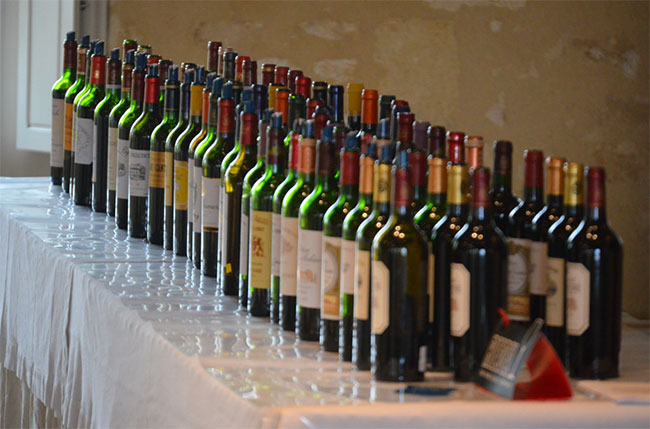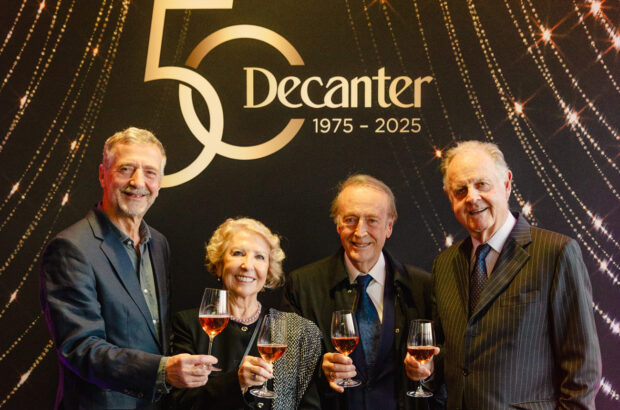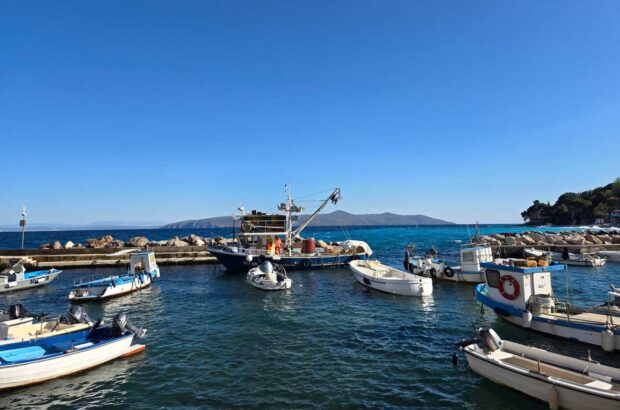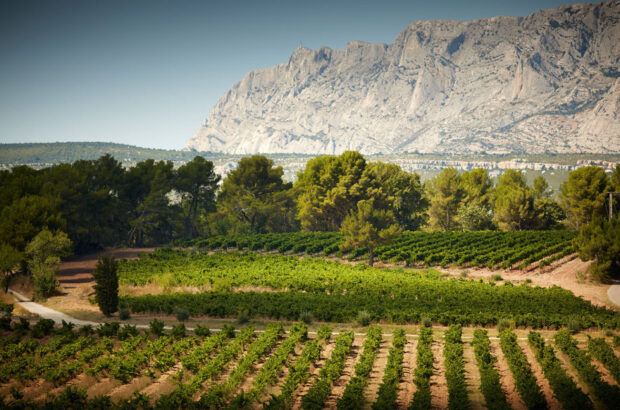Its archive has welcomed lawyers fighting over California wine names and students that have turned into wine rockstars, and it contains a transcript of the document that arguably opened up America to the joys of wine - Jane Anson takes a look inside the five-star wine library at UC Davis in California.
UC Davis has the ‘world’s greatest wine library’ – Hugh Johnson
Just like wines, it turns out, libraries are assessed through a points-based ranking system, and they cause every bit as much grumbling and side swiping as the wine version. The most popular and, you guessed it, most controversial system in the United States is the ‘one to five star’ system. A one-star might be a school library and a five-star something like the Folger Library in Washington DC, where you can find a rather greedy 82 copies of Shakespeare’s First Folio out of the 233 known surviving editions (the British Library, in contrast, has four).
The wine world has its own five-star library. It’s less celebrated than Folger, perhaps because it’s found in the middle of California’s Central Valley, known as the world’s largest greenhouse or ‘the factory in the fields’. Here, among miles upon miles of often parched but vastly productive farmland is the Peter J Shield’s library; a little-known adjunct to the world-famous wine learning centre at UC Davis that has taught a dizzying array of rockstar winemakers from Christian Moueix to Cathy Corison to Alberto Antonini.
I drove over here from Napa last weekend, wanting to learn more about why Hugh Johnson has chosen to donate his research notes, book drafts and manuscripts to this particular place. He had told me a few days earlier that it was the greatest wine library in the world and, well, I can’t be the first person to have thought ‘if it’s good enough for Hugh…’.
The keeper of the secrets
After looping around campus a few times, I turn into the car park of the Robert Mondavi Institute on a sparkling sunny Californian Sunday. I have arranged to meet up with Axel Borg, the librarian who holds the extravagant title of ‘distinguished wine and food science biographer’.
In person, Borg is a bear of a man, sprawlingly intelligent with a keen line in story-telling. He has been with the library since 1988 and knows its secrets better than any one.
The collection itself, Borg tells me, started well before the Davis campus existed, dating back to 1876 and the first university paper published on the red button topic of the time; phylloxera. ‘Unlike most academic libraries we don’t collect with a national bias,’ he adds with proprietary pride. ‘There are items written in more than 50 languages here, and we do our best to gather all known translations of works’.
‘Salacious court cases between California producers’
Walking from the wine teaching centre across shaded pathways and vast open spaces to the library, Borg talks me through the key personalities that have donated to the collection. I also get a run down of the most salacious court cases between Californian producers over the past 100 years or so, and how the library’s meticulous records of the local wine industry have been plumbed by defense and prosecuting attorneys along the way.
Script for ’60 minutes’
A little while later, having passed through rows of students studying for mid-terms in the library’s reading rooms, I’m looking at a typed transcript of the 60 Minutes documentary on the French Paradox, the one that effectively opened up the prudish American market, weaned on years of post-Prohibition dissembling, to the joys of wine.
The original 60 minutes show aired in 1991. Professor Renaud’s comments on the French Paradox start at 3:30mins in the clip below.
‘Juggernaut of information’
We’re in the stacks and on all sides are shelves of books, broadsides, newsletters, pamphlets, scrapbooks, letters, magazines, crop reports. A floor below is the Special Collections room of the rarest works, including old maps and wine labels dating back to the 1500s. I’m trying to make sense of the vast juggernaut of information that is bearing down on me. And I’m already trying to figure out when I can come back.
‘If you have any interest in wine, you’ll find something here’
If you have a geeky, esoteric or frankly even passing interest in pretty much any aspect of wine, you’re going to find something here. First editions fall over each other, as do rare manuscripts.
First written reference to terroir
The standard-bearer in ampelography by Viala and Vermorel is here. Four complete sets with each one valued at around US$20,000. And they have scored one over the Bibliothèque Nationale in Paris by having John-Baptiste Colbert’s edition of a treatise on wine, Devis sur la vigne, vin et vendanges, dating from 1549 that contains almost certainly the first written reference to terroir. Paris has to content itself with the 1550 edition.
Nostradamus-style harvest predictions from the 16th Century
An even more unusual find among the French section is the Prophéties Perpetuelle depuis 1521 jusqu’au la fin du Monde. This is basically a handwritten agricultural almanac prepared for King Louis XIV’s ministry of war. Based on sun cycles, it gives Nostradamus-style predictions of harvests from the early 16th century right up to the 21st century – alarmingly entitled the end of the world. ‘With particular attention,’ the catalogue notes state, ‘to the cost of specific wine grape varieties at harvest.’
Robert Mondavi papers
Shifting the focus to American wine, you can find archives of the Bureau of Alcohol, Tobacco and Firearms with early tax records of wineries across California and the US. And inevitably, since he gave something close to US$40 million to build various parts of the wine and art facilities here, Robert Mondavi chose the library to gift his own vast collection of papers and correspondence. There are even some fascinating short films that he made but were never broadcast on how consumers could reimagine wine for the future.
I could go on. And on. One of the main reasons that this library has remained such a hidden treasure until now is geography. Davis is not on most people’s itinerary unless they are specifically heading here to study. But it is undergoing a fundraising drive to open up digital access. Today less than 10% of its near 30,000-strong book collection is accessible online.
Until that percentage improves, you need to take the car and drive over as I did. It’s open to everyone, not just students. And the hope is that Johnson’s donation will help signal the intention to open up to a wider public, maybe alert other wine writers to the possibilities of lodging their papers here one day.
‘We see ourselves as stewards for the world on this,’ says Borg with forgivable hyperbole. ‘We don’t just want to protect these works but to make them accessible for everyone. The bigger picture here is to make connections and enable discoveries’.
Read more Jane Anson columns:

Jane Anson: The seven key aromas of aged Bordeaux
Look out for these seven key aromas when tasting Bordeaux...

Anson on Thursday: Pesticides and the rise of the resistants
Can disease resistant grape varieties help to cut pesticide reliance?

Anson on Thursday: Vandalism, fraud and a rare Bordeaux wine
Was a €3000 Graves wine from historic vines always too good to be true? Jane Anson scratches beneath the surface

Anson on Thursday: The wine and music maestro
Jane Anson meets Charles Spence, professor at Oxford University, to find out why Krug and Heston Blumenthal employed his ideas







